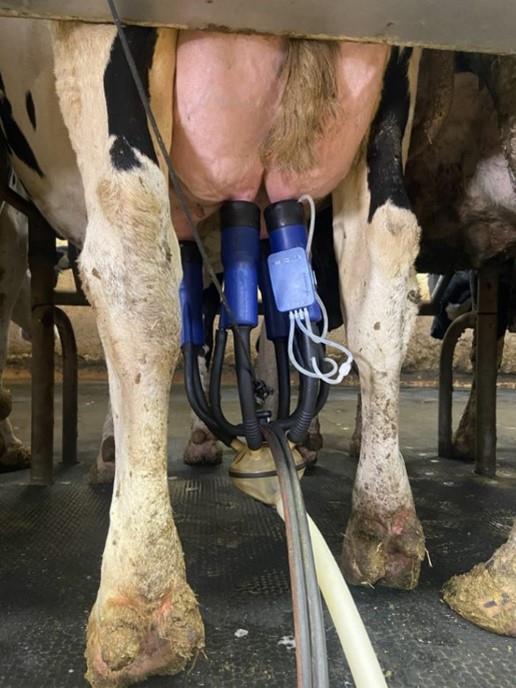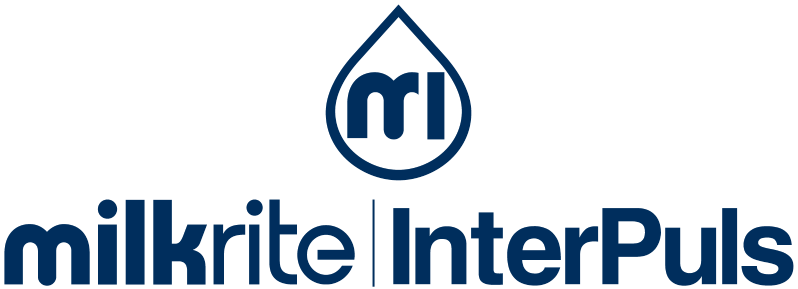
5 answers to help you milk faster, more safely, and more efficiently
If your aim is to improve your milking efficiency, make sure not to miss this insight!
Achieving milking efficiency requires finding a balance between milking the highest number of cows while maintaining their well-being and preserving milk quality as much as possible.
The choices, settings, and aspects to achieve this goal needs consideration.
We would like to share the key points that you should not underestimate.
With the help of Tim Mitchell, Global Product Manager Interface, and Tim Gulliford, Territory Sales Manager UK & Ireland, we shall provide you with 5 answers that should guide you towards safer milking for your cows, with a higher milk quality, and in the shortest time possible.
What is the first step to take when aiming to improve a herd’s health?
Whatever your parlour type, the primary step is knowing the herd’s average teat sizes and the milking system’s parameters. These two aspects enable you to make the correct choice of milk liner.
To understand the system parameters, it is essential to analyse the pulsation rate and ratio to optimise this with the liner. This can be conducted through a Vadia dynamic test, as shown on the picture below.

Once aware of the herd’s teat morphology and pulsation analysis, it’s time to talk about the liner options. The key drivers of teat health are:
- The liner shape: whether round, triangular, or squared, the liner should minimize slippage and teat stress.
- The liner compound: it must comply with Food Safety Standards, ensuring milk quality and teat conditions are accurately preserved.
- The vented hood liner: This helps keep the milk away from the teat, leaving it dry and safe. It also minimises the infection rate and prevents Somatic Cell Count from increasing and affecting the quality of milk.
- The liner usage: Liners used for longer than 6 months or 2,500 milkings can affect the teat condition. In fact, worn-out liners decrease adhesion on the teat, with consequent falloffs and slippage that can result in hyperkeratosis and mastitis.
Along with keeping the teat dry, how can milk quality be preserved?
The key to preserving milk quality is vacuum stability. Therefore, choosing a claw that avoids milk turbulence plays a crucial part. This way, milk will flow smoothly, and its properties will not be reduced, as the video below demonstrates.
Is choosing the right milking equipment enough to ensure healthy cows, high-quality milk, and the highest efficiency?
Choosing the best equipment for your herd’s needs and the milking system’s parameters might seem the final solution, but it is only halfway through the journey towards achieving milking efficiency.
In fact, it is essential to develop an adequate pre-milking routine that prepares the cows to be milked safely and to provide the correct stimulation time. The goal is to achieve 50% letdown within the first two minutes, without bimodality at the start of milking or overmilking which can stress the animals.
Along with the pre-milking routine, a post-dipping phase should be taken into consideration, to remove any trace of milk and bacteria from the udder, avoiding infections.
Is choosing robot milking enough to ensure healthy cows, high-quality milk, and the highest efficiency?
An Automatic Milking System does not avoid the risks that cows’ teats are subjected to during traditional milking. They experience the same process, so attention needs to be paid to the liner quality and shape, pulsation rates, and vacuum stability.
So, is it possible to milk faster while maintaining animal health?
Yes, it is. But the previous points make clear how important it is to slow down to speed up the milking.
This means that every step and choice have to be carefully considered and specified according to the needs of the animals and the settings of the parlour, even with consultants’ support.
Only then, can you milk cows faster whilst being sure their teat conditions are not compromised, and the milk quality is maintained.
Would you like to take a step forward towards milking efficiency?
Contact us now, we are here to help you.
Otherwise, make sure not to miss our next Blog episode, to gather more insights into the dairy world!
